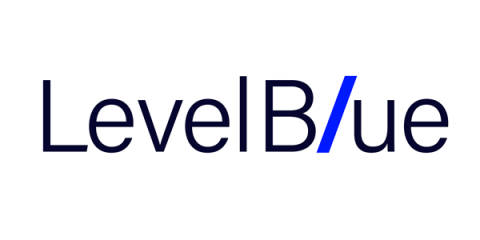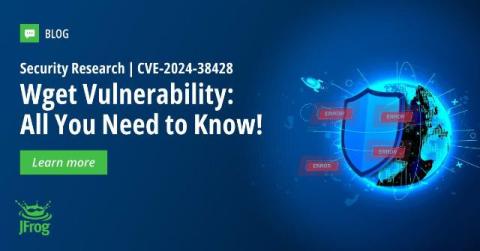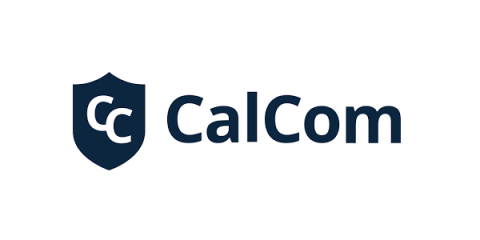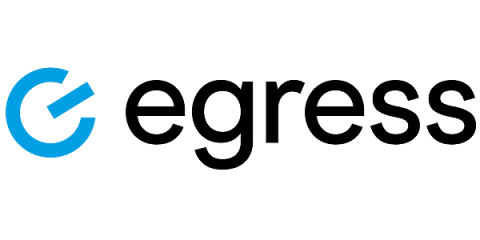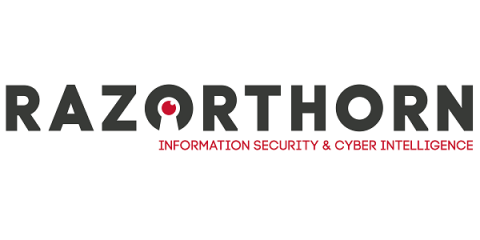Why DCAP is Essential for Modern Data Security (A Closer Look)
Almost every company has a system for organizing file storage, which employees use regularly. Streamlining data storage in a corporate environment is not just about improving business processes; it is also about ensuring security. It is challenging to protect data if you do not know where it is stored, what it contains, its value, who owns it, who has access to it, and what its most significant threats are. This is where Data-Centric Audit and Protection (DCAP) systems come into play.


